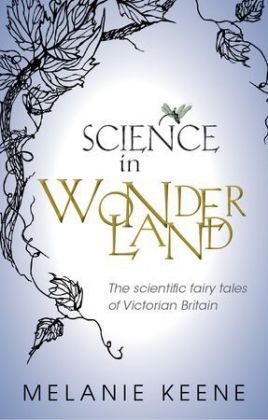Read more
In Victorian Britain an array of writers captured the excitement of new scientific discoveries, and enticed young readers and listeners into learning their secrets, by converting introductory explanations into quirky, charming, and imaginative fairy-tales; forces could be fairies, dinosaurs could be dragons, and looking closely at a drop of water revealed a soup of monsters.
Science in Wonderland explores how these stories were presented and read. Melanie Keene introduces and analyses a range of Victorian scientific fairy-tales, from nursery classics such as The Water-Babies to the little-known Wonderland of Evolution, or the story of insect lecturer Fairy Know-a-Bit. In exploring the ways in which authors and translators - from Hans Christian Andersen and Edith Nesbit to the pseudonymous 'A.L.O.E.' and 'Acheta Domestica' - reconciled the differing demands of factual accuracy and fantastical narratives, Keene asks why the fairies and their tales were chosen as an appropriate new form for capturing and presenting scientific and technological knowledge to young audiences. Such stories, she argues, were an important way in which authors and audiences criticised, communicated, and celebrated contemporary scientific ideas, practices, and objects.
List of contents
- Introduction: Nothing But Facts?
- 1: Once Upon a Time
- 2: Real Fairy Folk
- 3: Domestic Fairylands
- 4: Wonderlands of Evolution
- 5: Through Magic Glasses
- 6: Technological Marvels
- Conclusion: Stranger Than Fiction
- Notes
- References
- Index
About the author
Melanie Keene is a historian of science for children, based at Homerton College, Cambridge. She has published several academic and popular articles on scientific books and objects from the eighteenth to the twentieth centuries, on topics from candles, pebbles, or cups of tea, to board games, toy sets, and model dinosaurs.
Summary
Victorian Britain was full of excitement and debate about the new scientific ideas. In Science in Wonderland, Melanie Keene shows how Victorian writers used the medium of the fairy tale to bring chemistry, entomology, palaeontology, and evolution to young audiences.
Additional text
A fascinating merging of science, history, and literature ... an accessible introduction to a fascinating aspect of Victorian children's culture.
Report
Anyone interested in the ample curiosities of Victorian culture qill find much stimulation here. Nicolas Popper, The Times Literary Supplement

